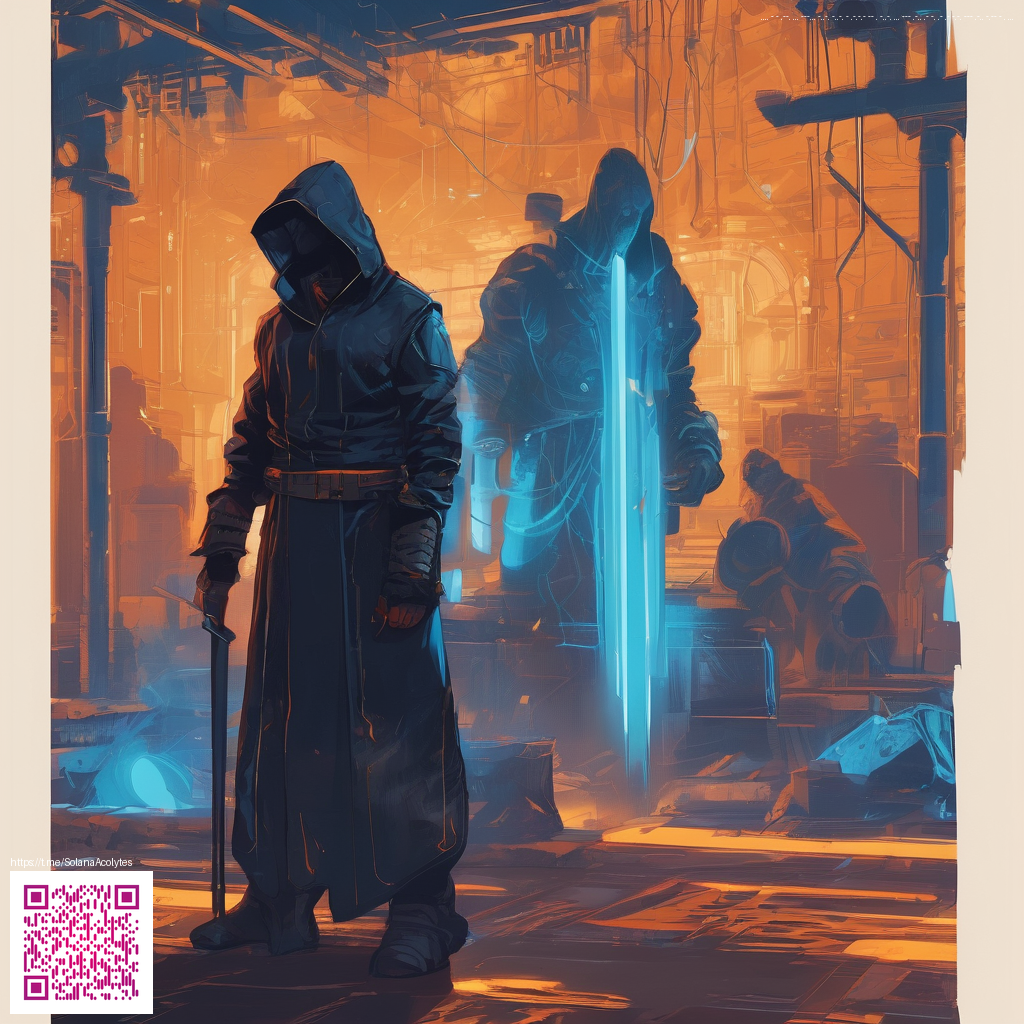
Turning your digital illustrations into stunning printable wall art is a satisfying way to personalize your space. With the right preparation, you can preserve the vibrancy, detail, and mood of your original work while ensuring it looks professional once printed. This guide walks you through practical steps, from choosing the right resolution to selecting the perfect paper, so your artwork shines on any wall.
Start with the right resolution and dimensions
Print quality starts with resolution. For most wall art, aim for a minimum of 300 dots per inch (DPI) at the final print size. If you’re printing an 8x10 inch piece, you’ll want an image at least 2400 x 3000 pixels (roughly 8x10 inches at 300 PPI). For larger formats—such as 16x20 inches—plan for even higher pixel counts or work with a high-quality vector version if your illustration supports it. When preparing your file, consider creating multiple aspect ratios so you can scale your art for various frames without losing critical detail.
Color management and proofing
Color is where many prints diverge from what you see on screen. Calibrate your monitor regularly using a hardware colorimeter, and soft-proof your file with an ICC profile that matches your intended printer and paper. If you’re unsure, export a test print in a common color space like sRGB or Adobe RGB and compare against a small print before committing to a larger run. Keep in mind that glossy papers will intensify colors, while matte papers can mute them slightly—plan accordingly to preserve the exact mood of your illustration.
Prepare the file for print
- Export a print-ready file at a lossless format (TIFF or PNG) for the highest fidelity, or generate a print-ready PDF if your service supports it.
- Allow for bleeds (usually 0.125 inches) if your printer runs edge-to-edge; include safe margins to avoid important details near the trim.
- Flatten layers if your printer requires it, and crop to the exact final size you want.
- Embed a simple color profile and include print instructions or notes for the service provider.
Choosing paper and a printing service
The finish you choose can dramatically alter the impact of your artwork. A bright, heavyweight matte paper yields a refined, gallery-like look that holds details well, while a glossy finish can enhance vibrancy for bold, saturated colors. If archival longevity matters, seek archival-quality inks and papers rated for UV resistance. Local print shops offer the advantage of a tactile review and on-site proofs, whereas online services can provide cost-effective options and a broad range of sizes. Consider ordering a few test prints in different papers to determine what best conveys your illustration’s character.
Tip: When in doubt, start with a standard size like 11x14 or 12x16 and then scale up. The quality of a well-placed, proportionate print often outshines a larger but poorly scaled piece.
As you refine your wall art workflow, you might also appreciate neat desk accessories that complement a creative setup. For example, this Phone Stand Travel Desk Decor for Smartphones can keep your device accessible without clutter while you design or print. It’s a small touch that helps maintain focus on your artwork while your workspace stays organized.
Printing printable art is as much about presentation as it is about the image itself. Once you have your prints, framing choices—from minimalist to ornate—can frame the personality of your illustration. You might pair a series of prints with cohesive mat colors, or mix sizes to create a dynamic wall cluster. Remember to consider lighting as well; soft, even illumination can bring out the subtleties of line work and texture in your digital art.
Practical tips for a successful gallery wall
- Plan layouts on graph paper or using software to visualize spacing before you commit to nails and frames.
- Label each piece with title, year, and print size for a cohesive display and future reference.
- Protect prints with UV-resistant glass or acrylic to preserve color over time.